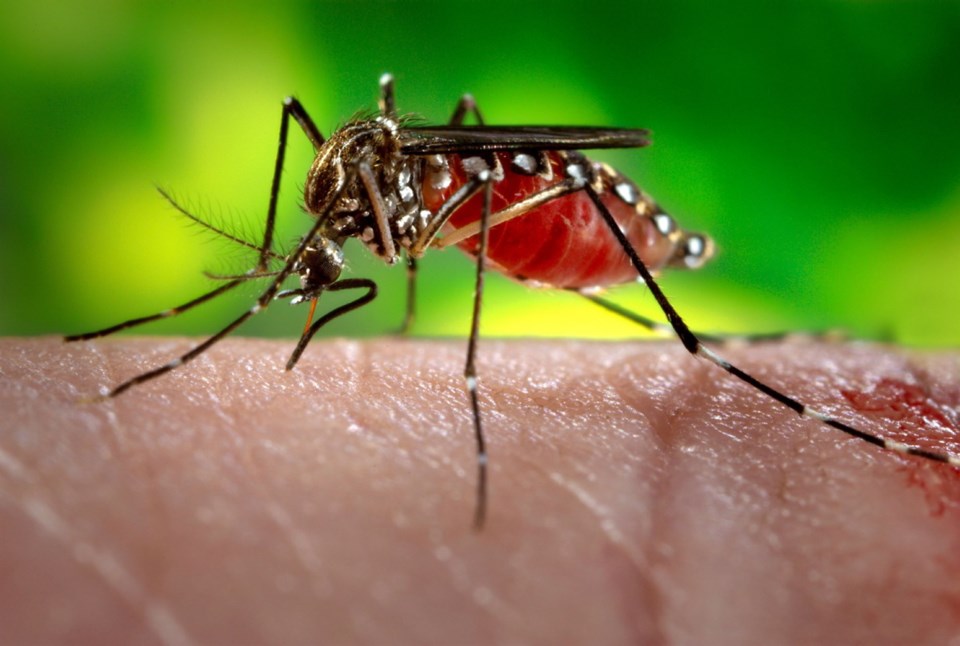On a hunting trip in Switzerland in 1941, George de Mestral unintentionally collected burrs in his clothes. When the engineer examined the seeds closely, he had a Eureka moment. De Mestral went on to develop the many-hooked nylon fabric Velcro.
Velcro is a classic example of biomimicry, the design and production of materials, structures and systems modelled on biology. Although de Mestral’s stroke of biological insight didn’t make him fantastically wealthy — by the time Velcro became the sticking stuff of daily living, his patent was expiring — that hasn’t stopped others from seeking similar inspiration from nature.
Simon Fraser University researchers, for example, developed an anti-counterfeiting nanotechnology based on butterfly wings.
The wing-scales of the iridescent-blue morpho butterfly are laced with tiny holes that reflect and refract a single wavelength of light to produce shimmering colours and absorb unwanted light. The researchers’ nanotechnology combines similar structures with holes that are 1,500 times smaller than the width of a human hair and a variety of dyes to imprint onto products images that are almost impossible to reproduce. Obvious applications include banknotes, passports and credit cards.
Similarly inspired by an insect’s microscopic scales, British researchers recently developed a super-thin, non-toxic, edible white coating that could be used to make brighter paints and coatings, sunblocks, cosmetics, foods or pharmaceuticals. White light comprises all visible-light wavelengths in equal measure and intensity.
The researchers used non-toxic cellulose to mimic the scale structure of the shell of a southeast Asian beetle. The beetle’s scales reflect all wavelengths of light randomly and with equal efficiency, leaving the beetle ultra-white.
Fireflies gave Canadian researchers a bright idea for increasing the efficiency of LED lights. When fireflies glow, sharp, jagged microscales on the surface of the insect’s abdomen amplify the light. When the scientists built a similar structure on an LED light, the bulb’s brightness increased by 55 per cent and covered a 15 per cent wider angle of illumination.
Mosquito nose-and-mouth parts have led to the design of hypodermic needles that painlessly glide into skin, while a parasitic worm that latches onto the intestines of its hosts has inspired the development of a new surgical technique for skin grafts. The worm attaches to its host’s intestinal wall by skewering it with a sharp spine and then in§ating its long head inside the tissue. Researchers mimicked this by designing a microneedle graft adhesive to treat wounds, burns or other injuries. Each patch of adhesive has tiny, cone-shaped needles with tips that swelled when exposed to water.
Not all inspiration comes from insects. Bird-watching Japanese engineers designed the nose of a high-speed bullet train to mimic a kingfisher’s beak. The train no longer caused air-pressure waves to build up in front of it while it travelled through tunnels — pressure waves that exploded with a thunderclap every time the train emerged from a tunnel. Instead, the train now slices through the air, which solves the noise problem, reduces power use and allows the train to travel even faster.
Humpback whale fins have led to more efficient wind turbines and fans. Bumpy ridges along the leading edges of the whale’s fins reduce turbulence when the fins slice through the water. The redesigned wind-turbine and fan blades spin more quietly, smoothly and efficiently.
Similarly, rows of microscopic scales in sharkskin have led to new designs for turbulence-dampening swimsuits and boat-hull coatings. Researchers noted that the rows keep eddies from forming, making water slip by faster. Sharkskin-inspired swimsuits have been banned from elite competition, but some sailing races allow micro-grooved hulls.
Meanwhile, researchers around the world are working to imitate the leaf’s ability to capture sunlight. Some seek to improve solar-energy technologies. Others strive to reproduce photosynthesis, the process by which green plants combine water, carbon dioxide and sunlight to create sugar, water and oxygen.
As generous as nature might be in inspiring new materials and designs, not all results catch on as well as Velcro has. Many inventions live only in research labs, while others face years of development — and trial and error — before commercialization can even be considered.
And even then, as happened with Velcro, if demand doesn’t exist, it might take decades before the product takes off.



